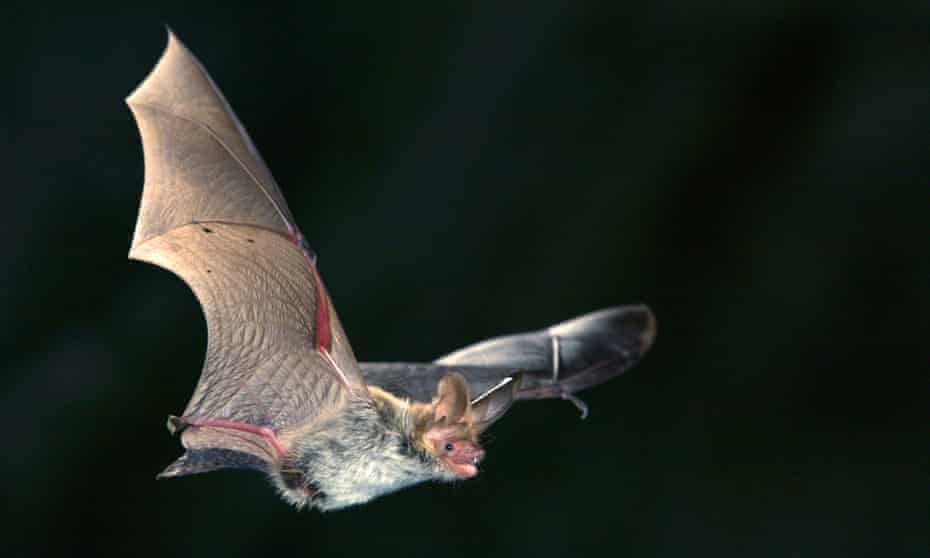Uncertain future for Bechstein’s bat colony in Hampshire
One of Britain’s biggest colonies lives in ancient trees in Havant, where developers want to build hundreds of homes

Bechstein’s bats (Myotis bechsteinii) are currently moving into hibernation quarters in old woodpecker nests or other holes in veteran trees.
The rarity of the species is in part caused by the lack of suitable patches of ancient woodland. One of the biggest colonies in Britain is in the ancient trees at Long Copse Lane, in Havant district in Hampshire, where developers want to build 210 houses.
Bechstein’s have pink faces, long ears and reddish-brown fur on their backs and can live for 21 years. In spring the females form maternity colonies and raise their pups together when numbers can reach up to 100.
Most of us would not be able to tell these flying mammals, 5cm (2 in) long with a 25cm wingspan, from many other bat species. This would be doubly difficult at Long Copse because half a dozen other rare bat families live in the same patch of woodland.
In theory, all bats are legally protected but Bechstein’s is also a priority species under the UK’s post-2010 biodiversity framework.
A buffer zone around the roost and an alternative site for the bats could be created, but how many decades this habitat would take to mature is not stated. No decision on the colony’s future has yet been made.